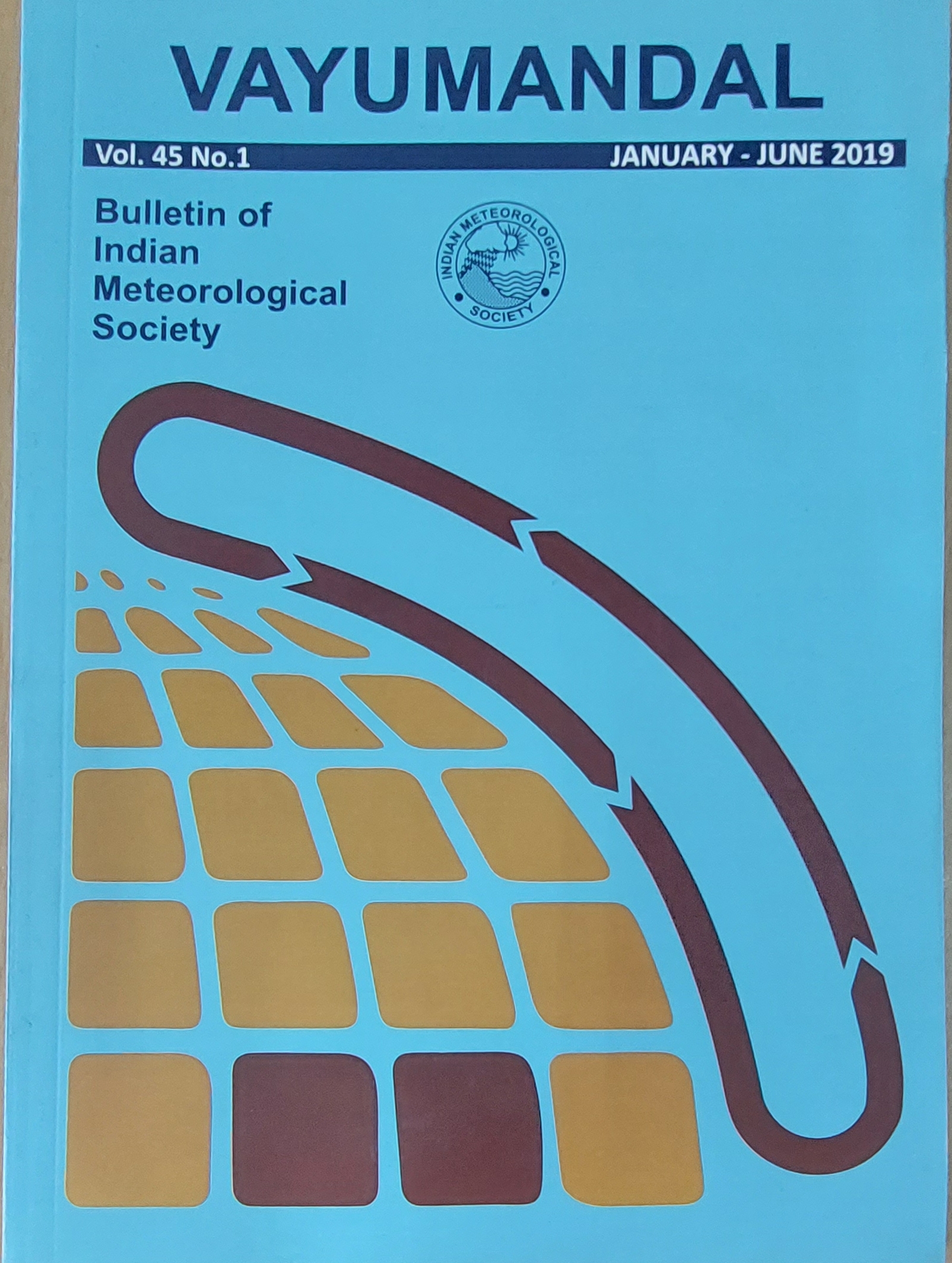Yield Gap Analysis of Sugarcane in different Agro-climatic Zones of Uttar Pradesh using DSSAT-CANEGRO Model
Abstract
In the present study, yield potentials of sugarcane crop utilizing normal weather data have been
presented for all the eight agro-climatic zones/districts of Uttar Pradesh state of India using the
calibrated as well as evaluated DSSAT - CANEGRO v 4.6 simulation model. The potential yield of
sugarcane stalk fresh mass ranged from 81.7 to 96.6 t ha-1 whereas the observed yields ranged
from 40.1 to 62.8 t ha-1
giving yield gaps ranging from 22.8 to 56.5 t ha-1
(27–59%) of potential
yield over the eight selected representative sites/districts in each agro-climatic zone of Uttar
Pradesh. For Western Plain Zone (WPZ), the total yield gaps were minimum and ranged from
10.2 to 29.9 t ha-1
(13–34%) in various districts within the same zone followed in Mid Western
Plain Zone (MWPZ), whereas sowing yield gap and management yield gap in Western Plain
Zone (WPZ) varied from 7.9 to 31.5 t ha-1
(9-34%) and from 7.6 to 25.0 t ha-1
(12-38%),
respectively. In general, maximum yield gaps found in Bundelkhand Zone (BZ) followed in Vindhyan
Zone (VZ) and South Western Semi Arid Zone (SWSAZ) and partially high also in Central Plain Zone
(CPZ) & Eastern Plain Zone (EPZ) where farmers do not have assured irrigation facility. It is suggested
that location-specific integrated approaches would be needed to bridge the yield gap of the
sugarcane crop grown in the target regions. Various other constraints limiting the crop yields
in these regions have been highlighted. Findings also reveal that DSSAT-CANEGRO simulation
model is an effective tool for decision support system & advisory services.
Copyright (c) 2024 Vayumandal

This work is licensed under a Creative Commons Attribution-NonCommercial 4.0 International License.
All articles published by VAYUMANDAL are licensed under the Creative Commons Attribution 4.0 International License. This permits anyone.
Anyone is free:
- To Share - to copy, distribute and transmit the work
- To Remix - to adapt the work.
Under the following conditions:
- Share - copy and redistribute the material in any medium or format
- Adapt - remix, transform, and build upon the material for any purpose, even
commercially.


